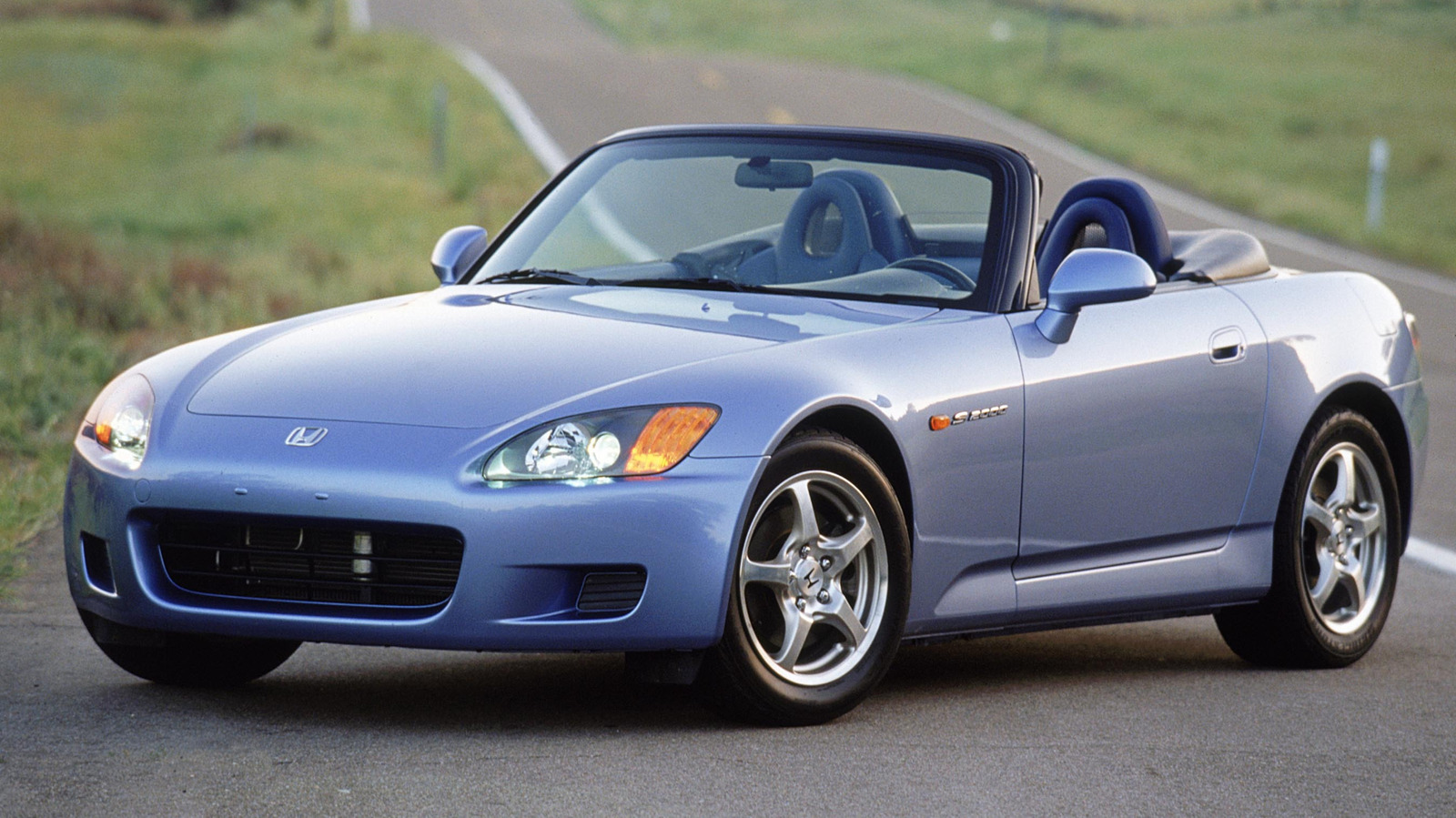The Honda S2000 remains a symbol of performance and engineering excellence, with its legacy intact even decades after its initial release. Launched in 2000, the S2000 quickly gained acclaim for its raw driving experience, with the original AP1 model capable of accelerating from 0 to 60 mph in approximately six seconds and reaching a top speed of around 158 mph. The subsequent AP2 model, produced from 2004 to 2009, refined this performance slightly, achieving a maximum speed of 149 mph while enhancing drivability.
In the realm of high-performance variants, the Club Racer, or CR, produced from 2007 to 2009, stands out. This model retained the AP2’s speed capabilities and could also accelerate from 0 to 60 mph in under six seconds. With superior track performance and wider tires, the CR is regarded as the pinnacle of the S2000 lineup.
The current market for used S2000s reflects their status as collectible items. According to data from Classic.com, the average sale price for an AP1 is approximately $28,596, with prices varying from $7,596 to $95,200. The AP2 commands a slightly higher benchmark of $33,394, while the Club Racer fetches a significant $77,128, with some listings reaching up to $200,000 for well-maintained examples.
Engineering Excellence and Performance Features
What sets the Honda S2000 apart from its competitors is not just its speed but the precision of its engineering. The AP1 is powered by the F20C engine, a remarkable inline four-cylinder that delivers an impressive 124 horsepower per liter and revs to 9,000 rpm. At the time of its release, no other mass-produced engine could match its specific output. Coupled with one of the industry’s most responsive six-speed manual transmissions, the driving experience was designed to feel engaging and immersive.
The original design featured double wishbone suspension in the front and near-perfect weight distribution, contributing to its exceptional handling. When the AP2 was introduced, Honda made strategic adjustments, increasing the engine size to 2.2 liters to enhance low-end torque, especially for the American market. Additional features such as traction control were integrated to improve real-world drivability, catering to a broader range of drivers.
The CR variant introduced in 2007 was engineered with a focus on track capabilities. It featured enhanced aerodynamics, reduced weight, and a stiffer suspension setup that elevated its performance on racing circuits.
Collectibility and Market Trends
The evolution of the Honda S2000 from an affordable sports car to a sought-after collector’s item is a testament to its enduring appeal. Today, prospective buyers and enthusiasts regard the S2000 as a prime example of Japanese automotive excellence.
With its blend of performance, engineering prowess, and evolving designs, the S2000 continues to captivate car enthusiasts. The prices in the used car market demonstrate a growing recognition of these vehicles as not only enjoyable to drive but also valuable investments.
In summary, the Honda S2000’s legacy is not just about speed; it’s about a driving experience that resonates with enthusiasts around the globe. As the market for these vehicles grows, their status as a classic is solidified, making them a notable choice for both collectors and performance aficionados.
